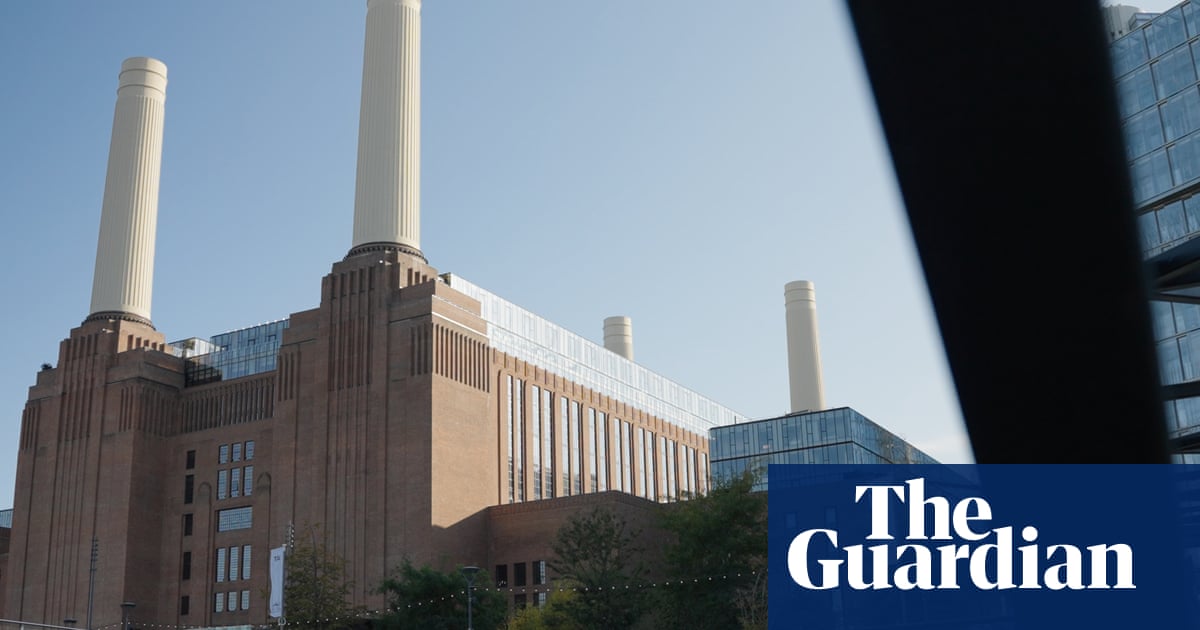The departure of Anna Wintour as editor-in-chief of American Vogue leaves a bigger absence in the fashion world than would be left by the departure of any designer, or any supermodel.
For more than three decades, Wintour has held the official title of editor-in-chief of American Vogue – and an unofficial, but widely acknowledged, title of queen of fashion. At any catwalk show, the best seat in the house is automatically Anna’s. Like Beyonce and Madonna, Anna has no need of a last name; everyone refers to her simply as “Anna”, although few are bold enough to address her directly. She has been a constant, regal presence, crowned by the signature glossy bob and ever-present sunglasses.
Wintour’s status has been built not just on ego, but on how much she has done for fashion. She has amplified the place of fashion in culture beyond all recognition. The ambition and bravado of fashion today – from Louis Vuitton hiring the Grammy-winning musician Pharrell Williams as creative director and taking over an entire district of central Paris for his debut show; to blockbuster fashion exhibitions such as the V&A’s Coco Chanel retrospective becoming fixtures on the art world calendar – owes a vast debt to the vision of Wintour. An early instigator of putting actors, pop stars and politicians on the cover of her magazine, she understood instinctively that a Vogue cover bequeathed an intangible but potent “soft power” that celebrities craved, and that Vogue’s role as gatekeeper to that power could be leveraged in Washington and in Hollywood, as well as at the fashion weeks of New York, London, Paris and Milan.
The cartoonish percepion of a woman who is powerful simply because she lords over a world of ditsy underlings who are petrified by her is very far from the truth. Wintour grew the fashion world into an empire, making fashion itself bigger and more powerful, and rode high by keeping hold of the reins. She is unusual in being both a glamorous A-list celebrity who wields personal star power, and a gifted behind-the-scenes operator, always on manoeuvres behind those dark glasses. In the court of Vogue, she has been both King Henry VIII and Thomas Cromwell, commanding ceremonial power while also pulling the strings behind the scenes.
It is, however, entirely true that most of those around her are intimidated by her. Her operational mode resembles that of a military commander: decisions are made swiftly, and she does not suffer fools gladly. In public, her emotional tone hovers around a cool courtesy, dipping to frosty lows if displeased by unpunctuality or incompetence. This is a persona which Wintour – who in private is devoted to her family, is a tennis superfan, a passionate supporter of the arts and a witty and phenomenally well-read conversationalist – has crafted carefully. Her image was enshrined in 2006 by the cinema release of The Devil Wears Prada, in which Meryl Streep played Miranda Priestly, a New York fashion editor. Based on a book by a former assistant of Wintour’s, the film’s starring role was widely assumed to be modelled on her.
The imperious “Nuclear Wintour” persona has served her well. In 2012, it was widely rumoured that Wintour, a heavyweight fundraiser for both Barack Obama and Hillary Clinton, was in the running to be appointed the US ambassador to London. The rumour turned out to be unfounded, but the degree of gossip mill traction for the idea of a magazine journalist being appointed to a high-powered position in international diplomacy is testament to the gravitas and prestige of Wintour’s reputation.
Wintour was born into journalism. Her father, Charles Wintour, was editor of the London Evening Standard for much of her childhood. She began her career in her birth city before moving to New York in her 20s, recrossing the Atlantic to become editor of British Vogue in 1985. That job was only a staging post for the highly ambitious Wintour, who achieved her goal of editing American Vogue three years later. Her keenly developed instinct for which way the wind was blowing was evident from the start: when the printers received the image for her first cover, they called the Vogue office concerned that there had been a mistake. The photo featured model Michaela Bercu in faded blue denim – the first time jeans had appeared on the cover of Vogue. The post-dress-code informality that was to transform the fashion industry in the last decades of the 20th century was already being hinted at.
It is a stretch to imagine Wintour, whose daily regime as editor began with rising at 4.30am to play an hour’s tennis before a 6am blowdry, fading into gentle retirement. Her daughter, Bee, who works in the theatre world, once said that the lesson her mother was most keen to instil in her children was a work ethic. Bee recalled how, as a high school student attending a Vogue gala, she asked the guest sitting next to her to test her on Latin American history, as she had a test at school the next morning. But there is much more to Wintour than the ice queen image. Her devotion to tennis is such that she would even play hooky from New York fashion week when shows clashed with the US Open tournament, taking a seat courtside instead.
after newsletter promotion
The timing – halfway through the menswear fashion shows – left fashion puzzled, but make more sense from a tennis fan’s perspective. With Jack Draper poised to fill the gap in British tennis left by Andy Murray, and a simmering rivalry between Carlos Alcaraz and Jannik Sinner, her departure is Vogue’s loss but SW19’s gain.

 5 hours ago
2
5 hours ago
2









 English (US)
English (US)